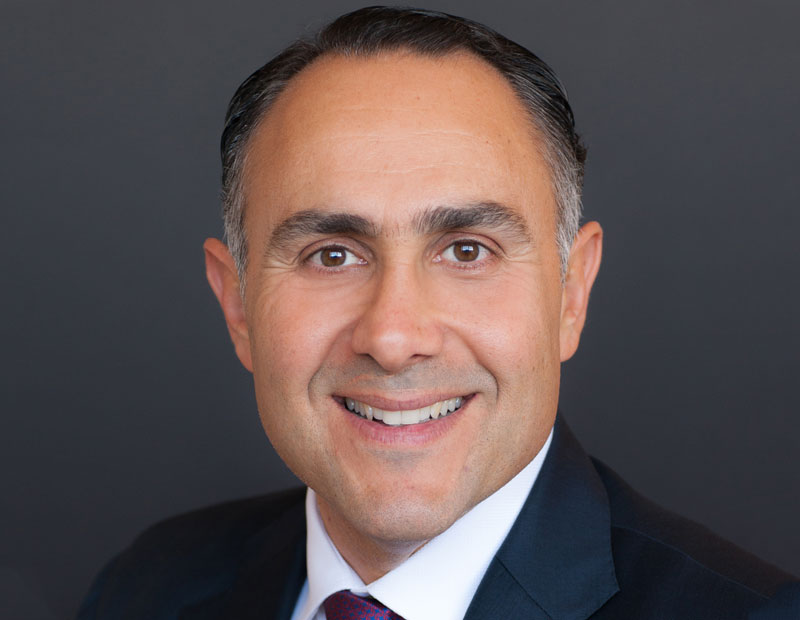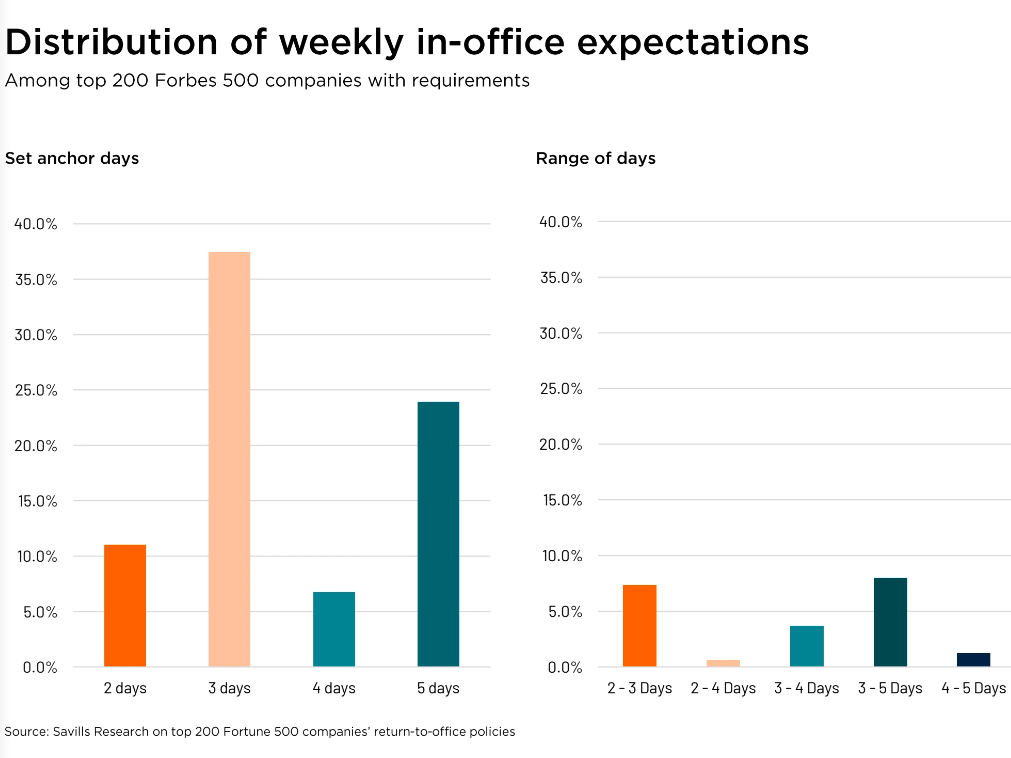What Happened to the Capital Markets?
There's more to the improving lending conditions than just one rate cut, writes Parkview Financial's Paul Rahimian.

Last week, my friend asked me a seemingly simple question about capital markets: “Did they change overnight, or is it me? What did I miss?”
Sure, we’re all feeling some optimism after the Fed rate cut on Sept. 18th. However, the reality is that market movements—namely, the 10-year (and other) treasuries—began earlier in anticipation of the rate cut.
When treasuries move, regardless of their maturity, they directly impact lending and refinancing options, especially on commercial loans. Home mortgage loan rates are also dropping quickly, but commercial loan rates are important to note because most lenders are stuck with high treasuries that limit loan proceeds.
READ ALSO: Florida Industrial Still Hasn’t Run Out of Gas
To understand how this works, let’s look at the following:
A lender will examine an asset’s risk profile and how likely it is that a borrower will pay off the lender at maturity. Lenders with elevated treasuries are limited in loan proceeds to ensure the borrower can pay them off when the loan matures. This is called a debt service coverage ratio.
The DSCR divides the asset’s net income by the amount of cash needed to pay the interest and principal on the debt. As interest rates go up, the denominator in this formula goes up. Unless we expect considerable increases in the net income (which would mean higher rents), the interest rate payments can skyrocket, limiting the take-out loan upon maturity. This jump is what many real estate borrowers have experienced over the last two years.
On the other hand, the treasuries begin to drop when the Fed signals a future rate cut (hopefully, there will be more to come). On reflection, the 10-year treasury was close to 5 percent in October 2023. That same index was below 3.75 percent in September 2024 (Note: at the time of this publication, rates may have started to creep up again—a sign that anything can happen—and quickly). The change from 5 percent to under 4 percent is a significant drop, and the above formula can quickly create more loan proceeds for borrowers.
Proof positive
Essentially, more proceeds mean more dollars are being lent, and more money is circulating in capital markets. After stagnating for a long time—about two years but what felt like longer in the real estate industry—loan proceeds are finally increasing, rates are decreasing and loans are closing.
Ultimately, capital markets can move quickly with a rate drop and the expectation of more of them. Like my friend, many people in the commercial real estate industry have felt the well-received movement in the marketplace. While it didn’t happen overnight, we are now seeing positive results come to fruition that began to simmer in anticipation of the Fed’s latest announcement. I believe we are at the beginning of a new cycle, and that is something we can all celebrate.
Paul Rahimian is CEO of Parkview Financial.







You must be logged in to post a comment.